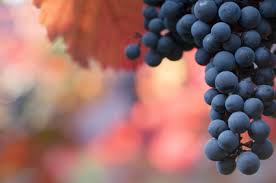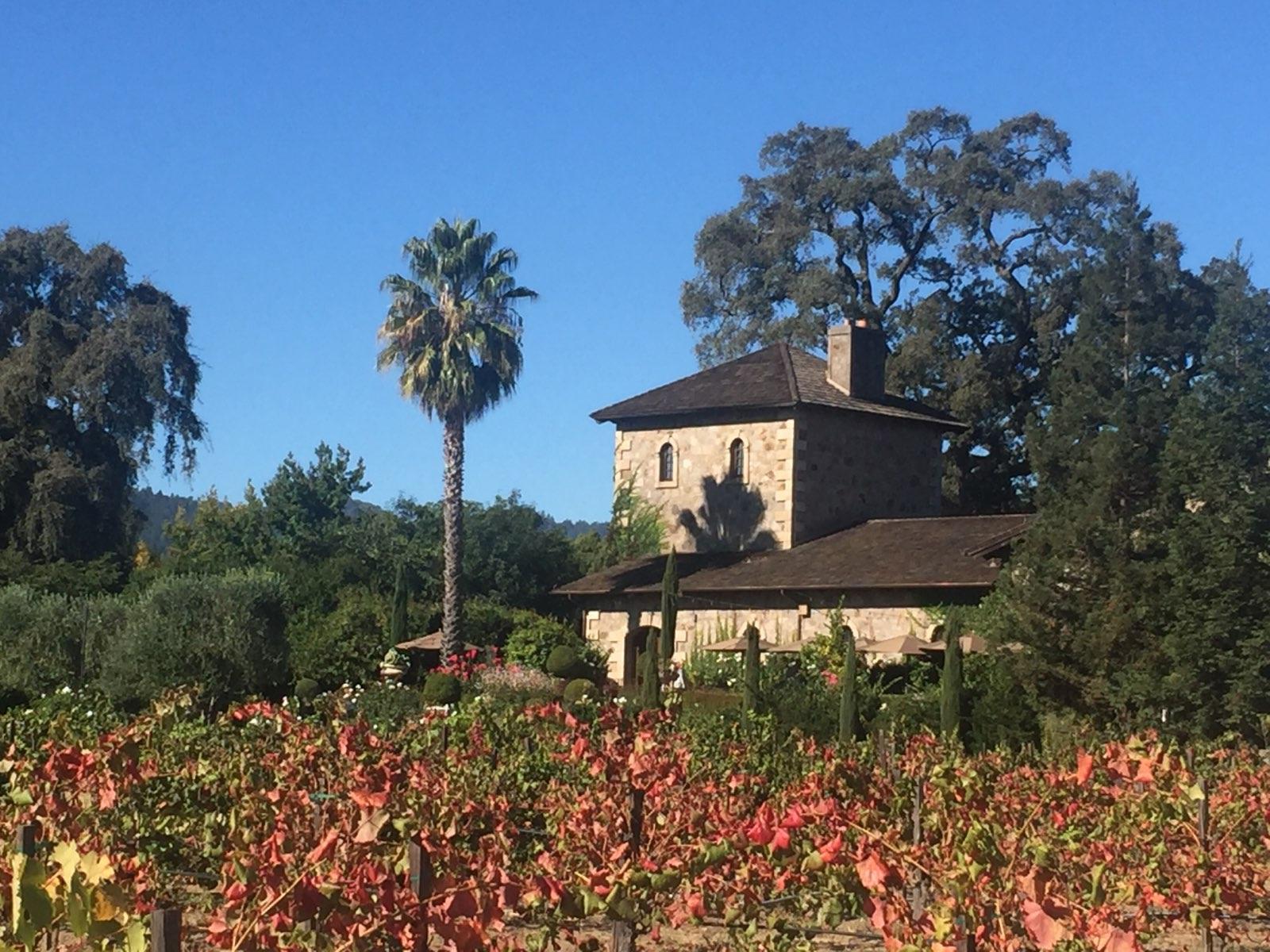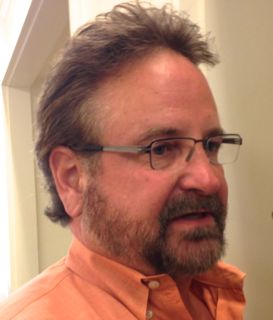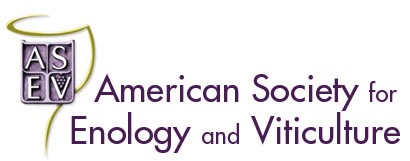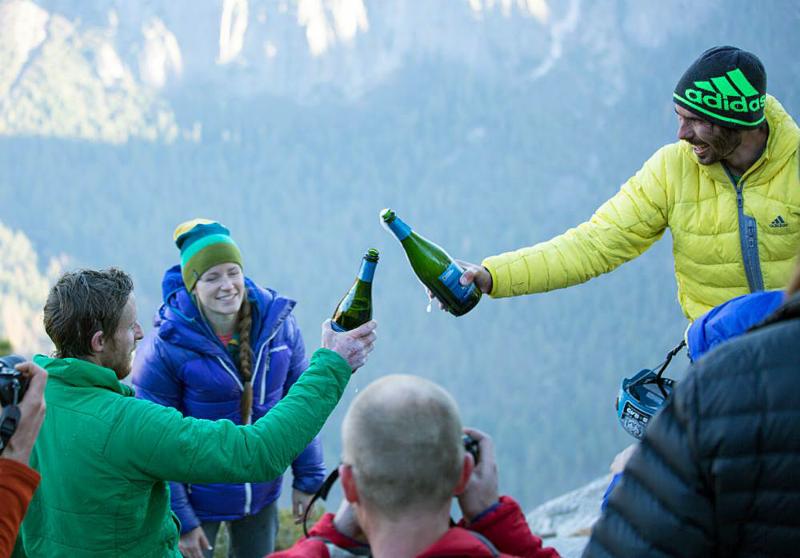Sonoma County Ag Produces Very Little GHG
Sonoma County Winegrowers Committed to Sustainability
By Tim Hammerich, with the Ag Infomation Network
In 2014 the Sonoma County Winegrowers made the commitment to become 100% certified sustainable in all 1,800 member vineyards.
They’re now taking their commitment a step further by piloting a new Climate Adaptation Certification Program created by the California Land Stewardship Institute.
“Because of our sort of foundational work in sustainability, it really felt to us what a great opportunity to continue being leaders and also continue to kind of push the envelope on what we’re learning and what we’re doing and on our vineyards, “said Sonoma County Winegrowers President Karissa Kruse. “So we were super excited to partner with Laurel Marcus and her team at the California Land Stewardship Institute and really be this pilot kind of launch model for what could be done, not only in vineyards, but ag around the state and even across the U S.”
Kruse said through conservation tillage, cover crops, and other practices, ag can be part of the solution to offset carbon emissions.
“Ag is really in an interesting position. It really accounts for only 8% of the greenhouse gas emissions. But when you think about around the state, who has the most opportunity to sequester carbon, it really is our farmers.” noted Kruse. “I mean, they’re the ones with the land and the soil and it’s not paved over. It’s not in an urban environment. And so they have kind of a unique opportunity to almost be part of the solution for more than just offsetting their GHG emission, but also helping our cities and others in the urban environment offset some of their GHG emissions.”

